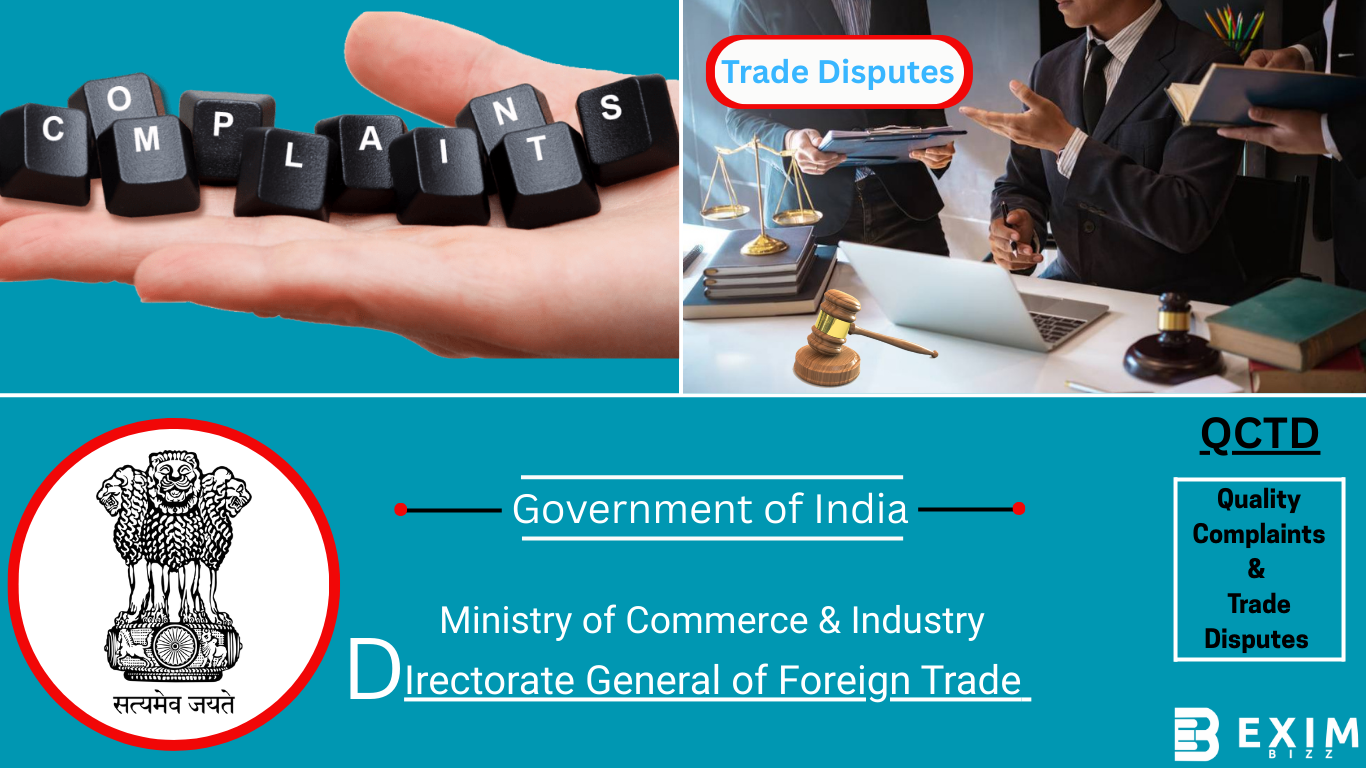In today’s interconnected global economy, businesses are more reliant than ever on international trade to source raw materials, manufacture goods, and deliver products to consumers worldwide. However, this increased reliance on cross-border transactions brings with it a host of challenges—among them, quality complaints and trade disputes. These issues can disrupt supply chains, harm business relationships, and even lead to legal battles if not handled properly. In this blog post, we’ll explore what quality complaints and trade disputes are, why they occur, and how businesses can effectively manage and resolve them.
What Are Quality Complaints?
A quality complaint arises when a product or service fails to meet the expectations or specifications agreed upon between a buyer and a seller. This could involve anything from defective manufacturing to substandard materials, incorrect labeling, or late deliveries. Quality complaints are particularly common in industries such as manufacturing, electronics, textiles, and food production, where precision and consistency are critical.
Common Causes of Quality Complaints:
- Poor Communication: Misunderstandings about product specifications, delivery timelines, or compliance standards can lead to mismatched expectations.
- Supply Chain Issues: Delays, mishandling, or improper storage during transportation can compromise product quality.
- Manufacturing Defects: Errors in production processes may result in faulty or non-compliant goods.
- Lack of Quality Control: Insufficient testing or oversight at various stages of production can allow defective items to reach customers.
How to Handle Quality Complaints:
- Acknowledge Promptly: Responding quickly shows that you value your customer’s concerns and are committed to resolving the issue.
- Investigate Thoroughly: Conduct a root-cause analysis to determine whether the complaint is valid and identify areas for improvement.
- Offer Solutions: Depending on the severity of the issue, remedies might include refunds, replacements, repairs, or discounts.
- Improve Processes: Use feedback from complaints to strengthen quality assurance measures and prevent future occurrences.
Understanding Trade Disputes
A trade dispute occurs when there is a disagreement between trading partners over the terms, conditions, or execution of a commercial transaction. These disputes can arise due to breaches of contract, pricing disagreements, intellectual property violations, or regulatory non-compliance. Unlike quality complaints, which often focus on specific products, trade disputes tend to involve broader contractual or legal issues.
Common Types of Trade Disputes:
- Breach of Contract: One party fails to fulfill their obligations as outlined in the agreement (e.g., delayed shipments, under-delivery).
- Pricing Discrepancies: Conflicts over payment terms, hidden fees, or currency fluctuations can escalate into disputes.
- Intellectual Property (IP) Violations: Unauthorized use of patents, trademarks, or proprietary designs can create significant friction.
- Regulatory Non-Compliance: Goods that fail to meet import/export regulations, safety standards, or environmental laws can trigger disputes.
Resolving Trade Disputes:
- Negotiation: Direct discussions between the parties involved can often resolve minor disputes without escalating the matter further.
- Mediation: A neutral third party helps facilitate dialogue and find mutually agreeable solutions.
- Arbitration: If negotiation fails, arbitration provides a binding resolution through an impartial arbitrator.
- Litigation: As a last resort, disputes can be taken to court, though this is typically time-consuming and costly.
The Intersection of Quality Complaints and Trade Disputes
While quality complaints and trade disputes are distinct issues, they frequently intersect. For example:
- A recurring pattern of quality complaints may indicate deeper systemic problems within a supplier’s operations, potentially leading to a formal trade dispute.
- Conversely, unresolved trade disputes can strain business relationships, making it harder to address future quality complaints collaboratively.
To avoid these pitfalls, companies must adopt proactive strategies that prioritize transparency, communication, and accountability throughout the supply chain.
Best Practices for Managing Both Issues
- Clear Contracts: Draft detailed agreements that specify product requirements, performance metrics, and dispute resolution mechanisms.
- Regular Audits: Conduct periodic inspections and audits to ensure suppliers adhere to agreed-upon standards.
- Training and Education: Equip employees with the knowledge and tools needed to identify potential issues early and respond appropriately.
- Leverage Technology: Implement advanced tracking systems and data analytics to monitor product quality and detect anomalies in real-time.
- Build Strong Relationships: Foster trust and open communication with trading partners to minimize misunderstandings and foster cooperation.
Final Thoughts
Quality complaints and trade disputes are inevitable aspects of doing business in a globalized world. While they present challenges, they also offer opportunities for growth and improvement. By addressing these issues head-on—with empathy, professionalism, and strategic planning—businesses can protect their reputations, maintain strong partnerships, and thrive in competitive markets.
Remember, prevention is always better than cure. Investing in robust quality control systems, transparent contracts, and effective conflict resolution mechanisms will go a long way toward minimizing the impact of these challenges. After all, success in international trade isn’t just about selling products; it’s about building lasting relationships based on trust and mutual respect.






